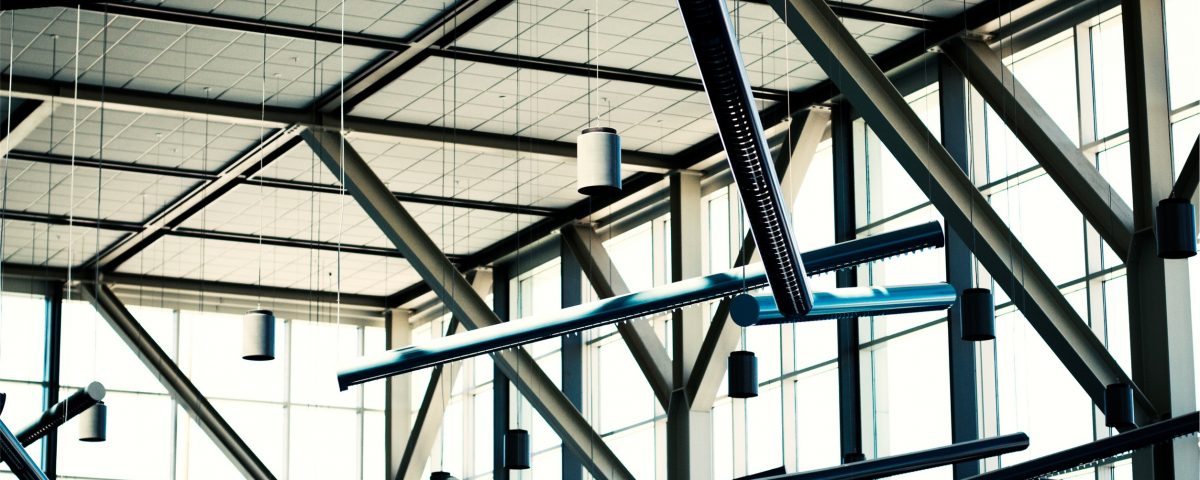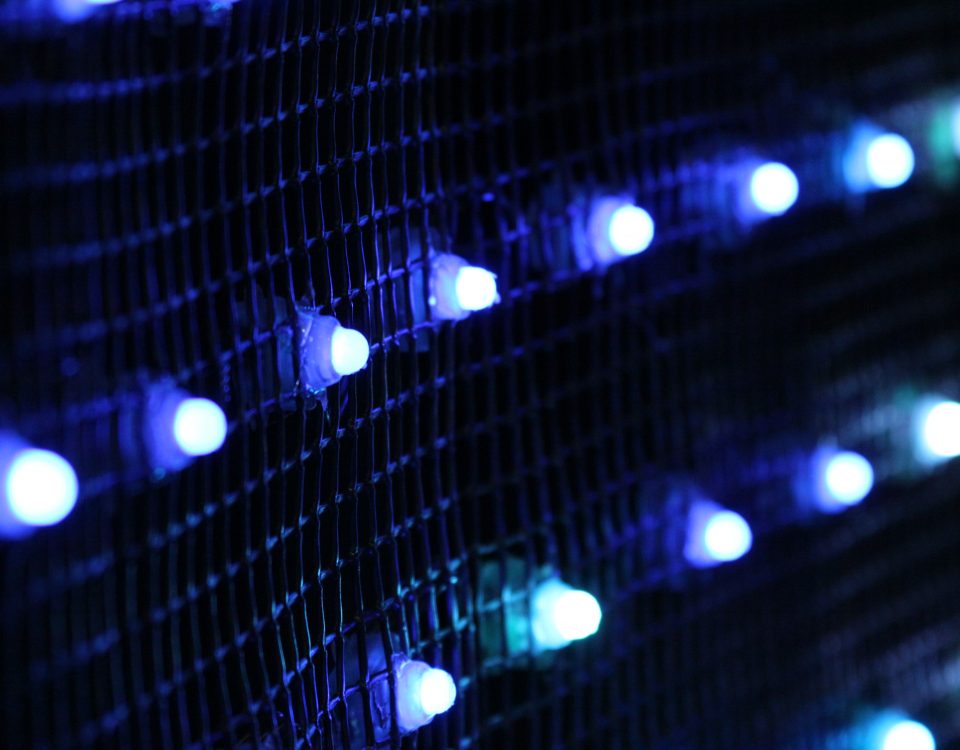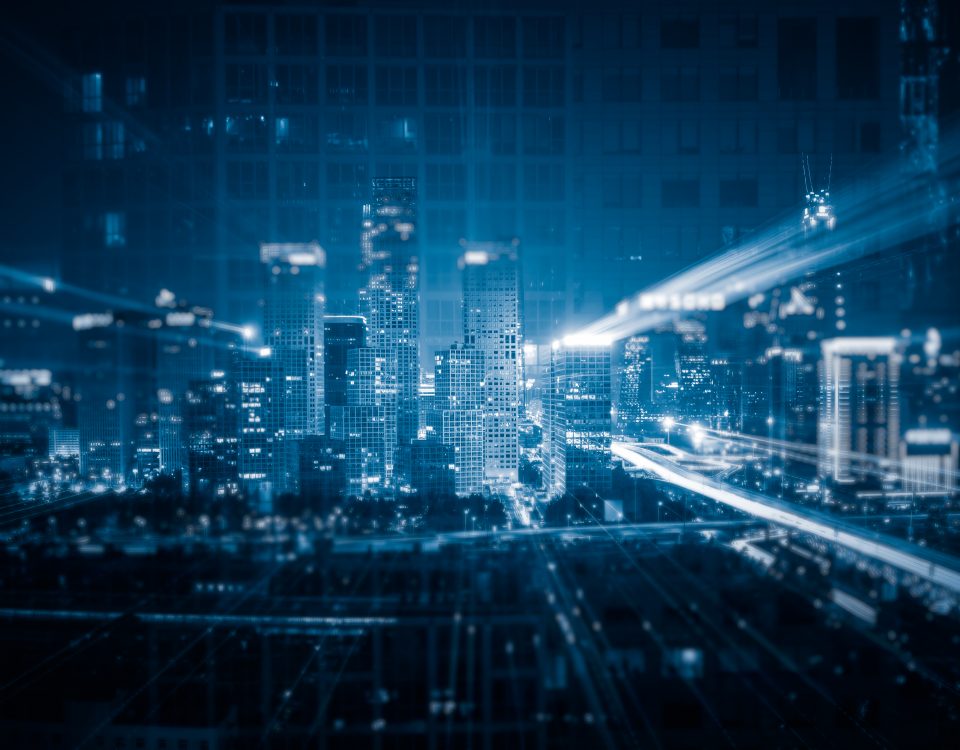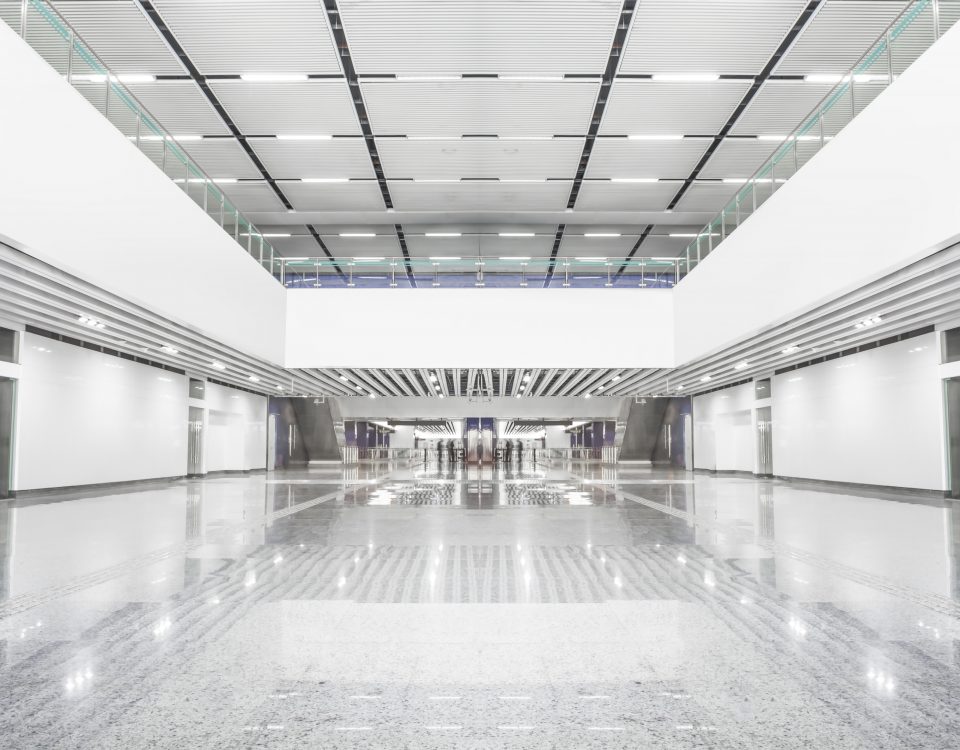Many of our blogs have been about the energy and cost savings of LED lighting compared to traditional lighting such as fluorescent and metal halide lights. Â By way of example, our recent blog on lighting solutions for factories, warehouses and transport depots identified the huge savings and environmental benefits achievable by switching from traditional 400w metal halide high bay lights to our efficient LED high bays.
Employers are also increasingly turning to LED lights for other benefits, including safety and employee wellbeing and performance.
Employer Obligations
The relevant Australian Work Health and Safety Regulation obliges a person conducting a business or undertaking to ensure, among other requirements for the general working environment, that lighting is sufficient to enable workers to carry out their tasks and move about without risk to health and safety. Lighting must also be adequate to allow for safe evacuation in an emergency. These duties must be complied with, so far as is reasonably practicable.
Poor lighting and/or the lack of emergency lighting and illuminated signage during power failure or emergency situations can lead to serious workplace incidents. These incidents could affect workers and non-workers alike.
Lighting from natural and/or artificial sources needs to be provided for employees to ensure working conditions that are appropriate to the nature of the work, the location of the work and the times at which the work is performed. Â If the workplace is a building, employers need to comply with the lighting specifications contained in the Building Code of Australia, part F4.2 to F4.4 Light and ventilation, where applicable.
There is also an Australian Standard (AS/NZS 1680.1:2006 Interior and workplace lighting – General principles and recommendations) that provides recommendations for lighting in interiors of buildings to enhance the performance and comfort of those performing visual tasks. It deals with illuminating essential task details using both artificial light and daylight, while controlling or excluding factors that might cause visual discomfort.
The lighting in a workplace needs to allow employees and others to move about easily. It needs to allow them to carry out their work effectively, without adopting awkward postures or straining their eyes to see. Â Some tasks may require local lighting in a particular area in addition to general lighting for the workplace or different lighting at different times of the day. For example, employees loading a transport vehicle outdoors will have different lighting requirements when they work at night than they will during the day.
Factors that employers need to consider when providing lighting include the nature of the work activity, the nature of hazards and risks in the workplace, the work environment, illumination levels, including both natural and artificial light, transition of natural light over the day, glare, contrast and reflections. For example, in areas where visual tasks are very difficult with very small detail or with very low contrast, such as fine inspection, plant retouching, fine manufacture, grading of dark materials and colour matching of dyes, the recommended illuminance is 800 Lux (i.e. Lux = Lumens [quantity of light] per square metre).
The lighting provided needs to improve the visual environment and be free from glare including reflective glare, flicker and stroboscopic effect.
The Beauty of LEDs
One of the defining benefits of LEDs is that they emit light in a specific direction. LEDs do not flicker, are free from toxic substances and UV emissions and have instant start-up and constant output. Â High-quality LEDs will last 50,000 hours or longer, meaning far greater lifespans and far fewer replacements than traditional lights. LEDs do not burn out like a standard lamp, so individual diodes do not need to be replaced on an array. Instead, the diodes gradually produce lower output levels over a very long period of time. If one LED fails, it does not produce a complete fixture outage, which is extremely important for emergency lighting.
These characteristics and performance features mean that LEDs are the safer and healthier choice for factories, warehouses, offices and other workplaces.
LEDs can vary in colour and, if done right, can emit blue and orange/red light to provide the same effects as natural light. A 2014 study by Northwestern Medicine and the University of Illinois at Urbana-Champaign [1] found that employees with longer exposure to natural light at their office “had longer sleep duration, better sleep quality, more physical activity and better quality of life†than employees who are never exposed to natural light throughout the workday. The study also found out that exposure to natural light, especially during the early hours of the morning, can boost an employee’s mood, alertness and metabolism for the rest of the day.
A 2010 study [2] compared fluorescent lighting with three different LED lighting values. LED outperformed fluorescent lighting; the key finding being that “LED supports positive mood, extended wakefulness and speeded performanceâ€.  The study found that there was an 8.3% improvement in visual and cognitive tasks, together with faster reaction times, reduced fatigue, increased vigour/activity and lower rates of depression.  The study indicated that:
“… recent increases in the number of LED technologies being incorporated into industrial lighting applications may be justified given the positive implications for worker performance. Relative to traditional fluorescent technology with relatively low color (sic) temperature, LED appears to support positive mood, extended wakefulness, and speeded performance on both visual perceptual and cognitive tasks.â€
So, what does all this say?  Investing in LED lighting can improve the safety of your workplace, the health and wellbeing of your workforce and the bottom-line of your business in the form of increased employee performance/productivity, on top of the energy and cost savings you’ve already come to expect.
For more information about our LED lighting, including our highly efficient LED high bay lights, the MatrixLED website or get in touch through our Contact Us page. You can also read our other blog posts for more tips on how to optimise lighting for factories, warehouses and other workplaces.
References:
[1] https://news.northwestern.edu/stories/2014/08/natural-light-in-the-office-boosts-health.
[2] Hawes, B. K., Brunyé, T. T., Mahoney, C. R., Sullivan, J. M., & Aall, C. D. (2012). Effects of four workplace lighting technologies on perception, cognition and affective state. International Journal of Industrial Ergonomics, 42(1), 122-128.





